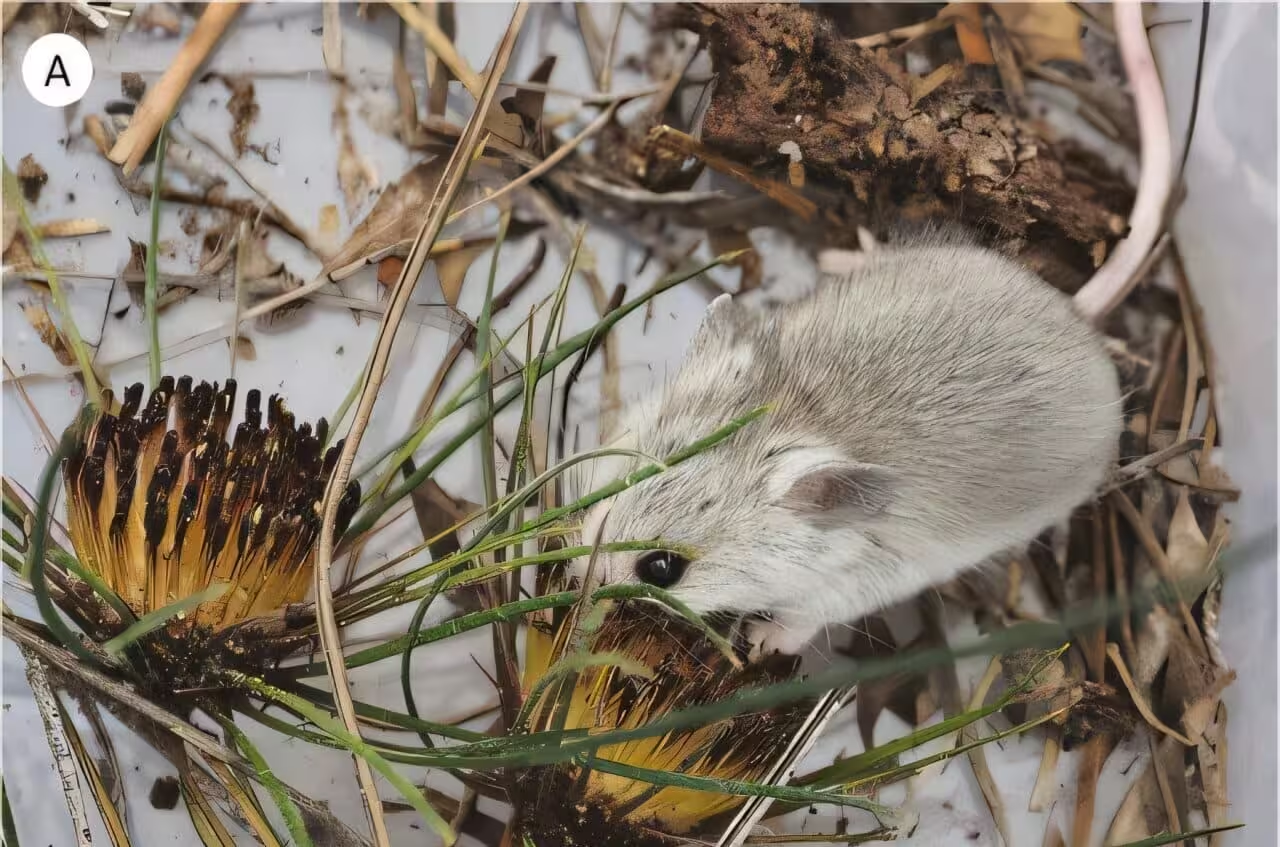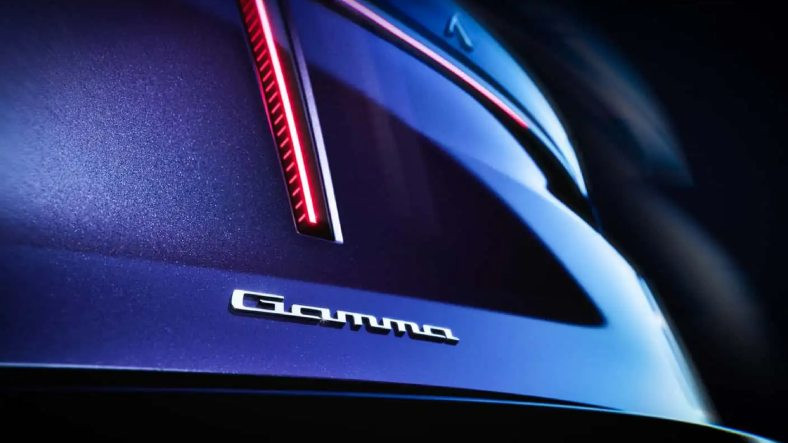Shrubs and trees with brightly colored flowers, such as banksias, have long been thought to be pollinated primarily by birds and marsupials, rewarding them with copious amounts of nectar. However, a research group from La Trobe University (Australia) has revealed that the local ash mouse (Pseudomys albocinereus) plays an important role in the pollination of some species of these plants. It turns out that these animals, which belong to the very few placental (not marsupial) mammal species that colonized Australia before humans, do not hesitate to feast on nectar.
Although much of Australia is arid or semi-arid, the south-west of the country has a Mediterranean climate and is rich in biodiversity; Both tree-like and shrubby banks grow here. However, several species of these plants, with flowers borne very close to or directly above the ground, can be found in the bush wastes of Western Australia.
The results of the study published in the journal Botany Journal of the Linnean Society, Four species of Banksia are presented: Banksia shuttleworthiana And Banksia subulataIt has a strong musky scent and its flowers are close to the ground (this is probably an adaptation to pollination by animals that use the scent to find food) and banksia sessilis And Banksia is magnificent with bright, odorless flowers.
Having discovered an unlikely nectar lover, the local ash mouse, the team was able to observe the visits of flowers by various pollinators using motion-sensor cameras. The experiment was conducted in the Lesuer Sand Flats near Jurien Bay in Western Australia, which is home to several Banksia species.
The results showed that Banksias with fragrant, low-lying flowers attract more mammals, including honey possums (Tarsipes rostratus), field mice and house mice (Mus musculus). Participation of the latter in pollination Banksia subulata This was unexpected but significant because it pointed to the possible role of both native and invasive rodent species in this process. At the same time, the bright flowers of the other two odorless plant species were visited more frequently by honey-sucking birds (Meliphagidae), known for their pollination abilities.
Rodent pollination itself is not news. The truth is that the pollen and nectar of most flowering plants attract a variety of animals, including mammals, bats and small reptiles. However, the main pollinators Banksia subulata Ash mice (not marsupials, as researchers had assumed) have been discovered sucking nectar from flowers for the first time.
The team thus obtained the first convincing evidence of primary pollination by rodents in Australia. The results of the study also showed that the traditional division of pollinators into plant species groups may be too simplistic and needs to be revised. Birds and mammals, including rodents, likely play an important role in plant pollination (depending on species).
“Although many banks have evolved to rely on pollinators such as birds and mammals, there may be other unexpected pollination strategies that have not yet been discovered,” the authors of the research paper concluded.













